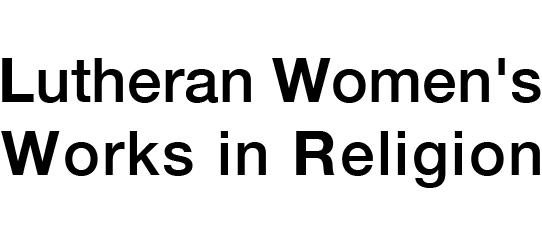Category: Worship and Preaching
BOOK CHAPTERS
"Lent" In New Proclamation, Year B 2012: Advent through Holy week. ed. David B. Lott. Minneapolis: Fortress PressCommentary on the Revised Common Lectionary texts for Ash Wednesday through the Fifth Sunday in Lent, Year B.
This chapter shows that the debate over the ―third use of the law‖ in preaching is alive and well and provides a brief summary of the history of the debate. It also encourages preachers to engage questions about the third use of the law and preaching, articulate their viewpoints, and examine their sermons in relation to these articulated viewpoints.
This new commentary focuses on preaching justice themes from lectionary texts. Each author deals with five texts: Gospel, Epistle, two Old Testament readings and two psalms. My essays are on the lectionary texts for the same Sunday in the three-year cycle: Proper 18: Years A, B and C.
This new commentary focuses on preaching justice themes from lectionary texts. Each author deals with five texts: Gospel, Epistle, two Old Testament readings and two psalms. My essays are on the lectionary texts for the same Sunday in the three-year cycle: Proper 18: Years A, B and C.
“Homiletical Perspectives” for Year A: Proper 18 (Exodus 12: 1 – 14), Proper 18 (Psalm 149), and Proper 19 (Exodus 14: 19 – 31) These essays focus on texts that were omitted in the first volumes of Feasting on the Word.
Several Roman Catholic and Protestant women reflect on the paintings of Janet McKenzie. My chapter is on her intriguing work titled “In the Garden of Blessing.”
“Homiletical Perspectives” for three Sundays: Ascension (Acts 1: 1 – 11), Sixth Sunday of Easter (Acts 10: 44 – 48), and Seventh Sunday of Easter (Acts 1: 15 – 17, 21 – 26).
This chapter presses the question: whose narratives are important enough for preaching? Since most biblical texts are about men, including lectionary texts, preachers need to be intentional to hear the voices of women.
This is a revised resource with short entries by several authors defining topics related to homiletics.

